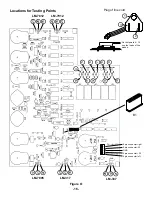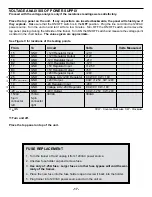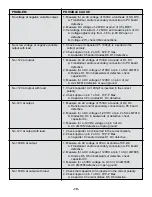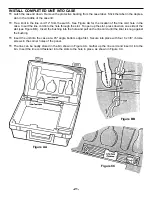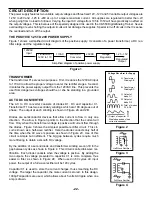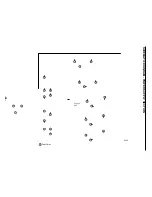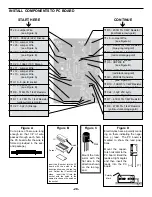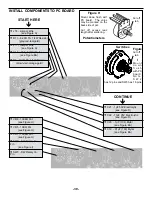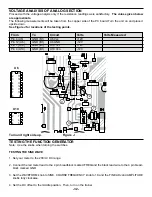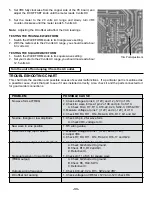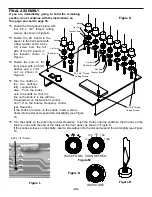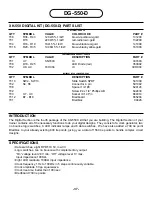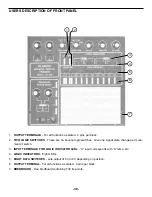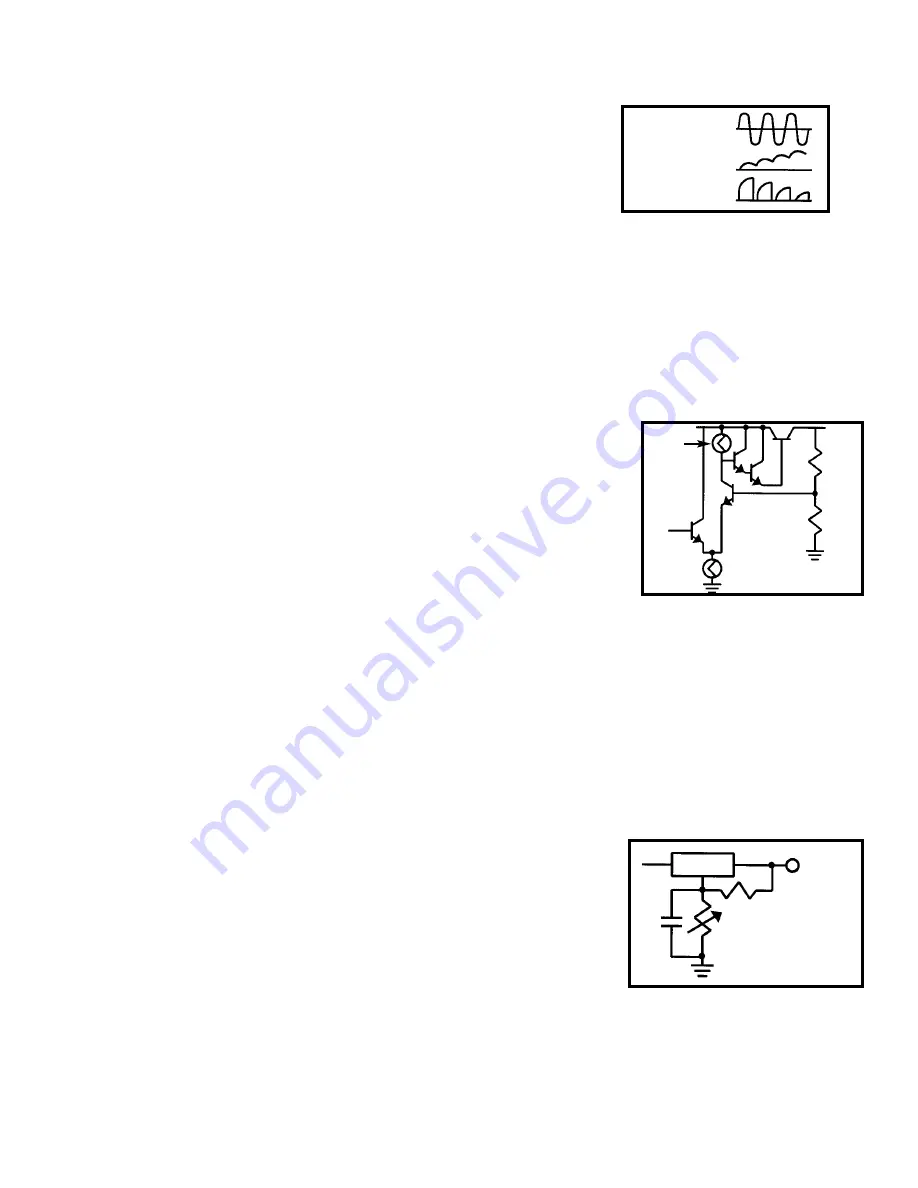
-23-
In practice, the current through the diodes is not as shown in Figure 2C.
Because capacitor C1 has a charge after the first cycle, the diode will not
conduct until the positive AC voltage exceeds the positive charge in the
capacitor. Figure 5 shows a better picture of what the current flow looks
like assuming no loss in the diode. It takes a few cycles for the voltage to
build up on the capacitor. This depends on the resistance of the winding
and the diode. After the initial start-up, there will be a charge and dis-
charge on the capacitor depending on the current drawn by the output
load. Remember, current only flows through the diode when the anode is
more positive than the cathode. Thus, current will flow in short bursts as
shown in Figure 5.
The DC load current may be one ampere, but the peak diode current may be three times that. Therefore, the
diode rating must be sufficient to handle the peak current. The 1N4001 has a peak current rating of 10 amps.
REGULATOR CIRCUIT
The regulator circuit in the power supply consists of a LM-317 integrated circuit. This IC is specially designed
to perform the regulation function. Figure 6 shows a simplified circuit of how the LM-317 IC works.
Transistors Q1 and Q2 form a circuit known as a differential amplifier. The base
of transistor Q1 is connected to a stable 1.5V reference voltage. The base of
Q2 is connected to the regulator output circuit through a voltage divider net-
work. The collector of transistor Q2 is connected to a current source. This basi-
cally is a PNP transistor biased to draw about 1mA of current. Transistor Q2
sees the current source as a very high resistor of about 1 meg ohms. Thus, the
gain of transistor Q2 is extremely high.
Transistor Q5 is called the pass transistor. It controls the current reaching the
output. Transistor Q3 and Q4 are emitter followers. Their function is to raise the impedance of the pass tran-
sistor. Note that transistors Q2, Q3, Q4, Q5 and resistor R1 form a closed loop. Also, note that the feedback
to the base of Q2 is negative, that is, when the base of Q2 goes positive, the output at emitter Q5 goes nega-
tive. Now if the 2 volt output voltage goes down because of current drain at the output, the base of Q2 will drop,
forcing the collector voltage to go higher. This will bring the output voltage back to 2 volts. This is the basis of
all negative feedback regulators.
Another feature of the LM-317 regulator if to protect the IC against overload and output shorts. If the IC is over-
loaded, the junction of an overload transistor will overheat. A transistor will sense this overheating and shut
down transistor Q5.
The LM-317 IC is basically a 1.25 volt regulator. To be able to vary the output
from 1.25V to 20V, we stack the IC on the a DC voltage as shown in Figure 7.
When VR1 equals 0, the output voltage is 1.25 volts as determined by the LM-
317 IC. Note that the voltage across VR1 will equal the 1.25 volts across R1,
therefore the output voltage will be 2.5 volts. When VR1 is 5 times R1, the out-
put voltage is 6.25 volts. As you can see, varying resistor VR1 will vary the volt-
age from 1.25 volts to 20 volts.
THE NEGATIVE VOLTAGE REGULATOR
The theory of the negative regulator is the same as the previously discussed positive regulator. The basic dif-
ference is that diodes D1 and D3 are reversed, producing a negative voltage across capacitor C1. The LM-317
IC is designed to operate from a negative supply.
Figure 5
Figure 6
Figure 7
A) Transformer
Winding
B) Voltage C1
C) Current
through diodes
20V
Peak
20V
2V
Output
R1
R2
Divider
Q1
Q2
1.5V
Q3
Q4
Q5
Current
Source
Equalized
to 1 Meg.
1.25 - 15V
R1
VR1
LM-317
Summary of Contents for XK-550K
Page 37: ...SCHEMATIC DIAGRAM ANALOG SECTION 36 ...
Page 50: ...SCHEMATIC DIAGRAM 49 ...








